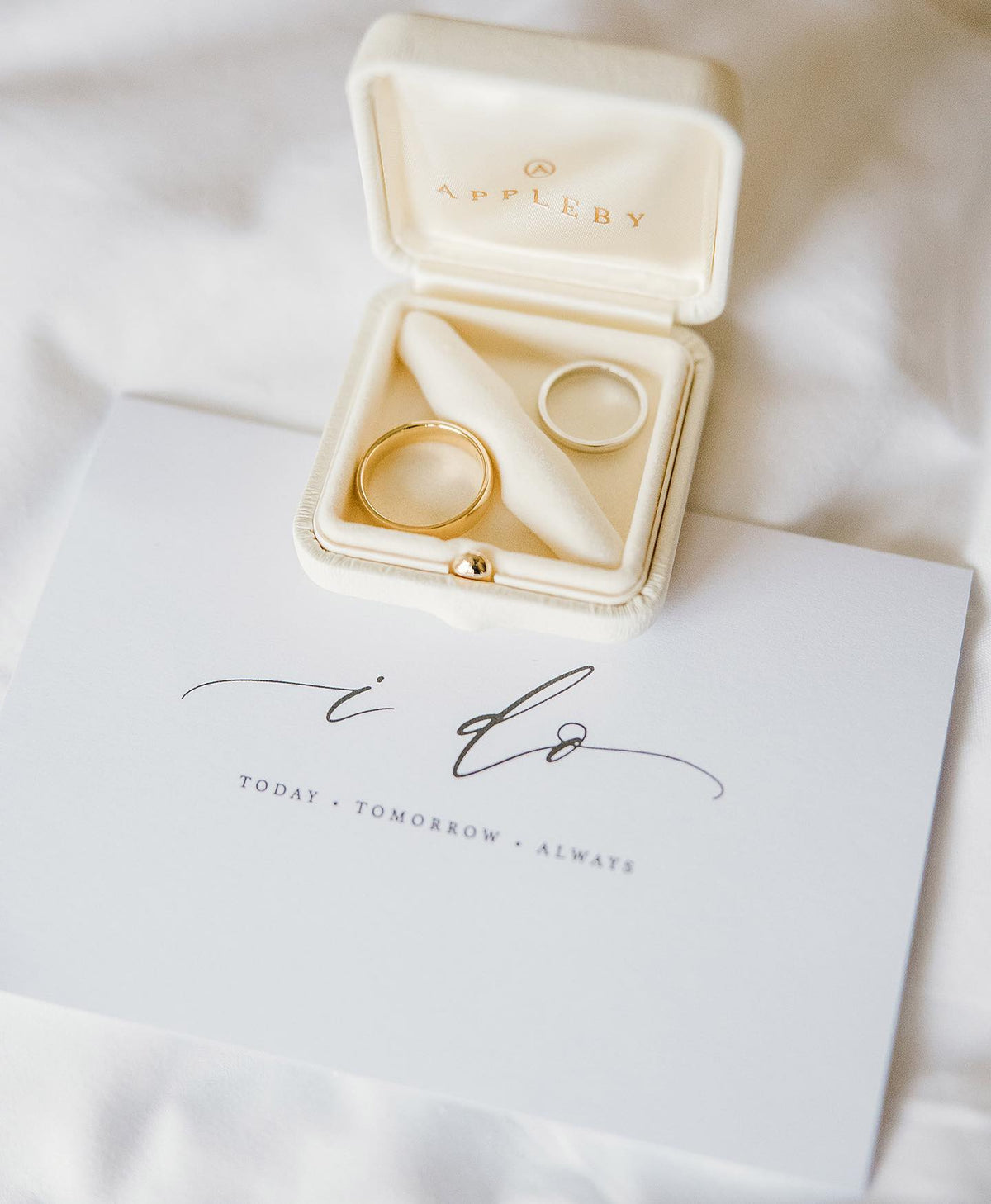Pear Cut Diamonds

Originally created back in the 1400s, the exquisite pear-shaped diamond was invented by Lodewyk van Berquem of Bruges and still retains huge popularity. Berquem cleverly designed a diamond polishing wheel called a scaif, and in doing so, was able to produce the absolute symmetry of the diamond shape, and in turn, the magnificent lines of the popular, eye-catching teardrop shape which can be worn with the tip facing up or down.
So why choose a pear shaped diamond?
There are many advantages in choosing this shape, not least is that you get a unique style which appears much larger than the more traditional round-cut diamond, plus, they’re actually 8% larger on their top surface, and can cost between 10-30% less than a round-cut diamond with the same carat weight.
Design and style
Often known as the teardrop or pendeloqe design, there are several old wives tales of a pear shape resembling a teardrop, and therefore sadness, or joy and tears when worn as an engagement ring. However, these tales are usually unfounded, exaggerated, and belong in superstition and legend, and at best, dismissed as completely untrue. Regardless, the actual shape defines a strong will and should be worn by someone who exerts her own identity, and furthermore, it’s totally unique.
The pear shape is highly sought after by royalty and celebrities and shows romanticism and strong personality, and continues to be a popular style choice in today’s market place being in the top ten of preferred styles for engagement rings. The unique feminine design accentuates long slender fingers but equally, can offer elegance to all sizes and shapes, and is ideal for vintage ring settings or trendy and modern.
Pear shaped diamonds require a special setting in order to protect the fragile tip from chipping. Normally a three claw setting is chosen; however, a five or six claw can also be styled.
Technical aspects
In simple terms, the pear-shaped cut has a rounded end with a single point and is produced from a round brilliant marquise stone. The well-known pear- shape has 57 facets with 4 to 8 pavilion main facets. The most traditional look and cut is around 1.45 and 1.75, with the most favoured being 1.50.
There is no industry standard for grading the pear shaped diamond; therefore, it’s entirely down to individual diamond stylists to assess the quality of this particular design. An ideal pear shaped stone should be semi-circular at one end, evenly rounded at the shoulder with gently curved wings and all arriving at a point at the other end.
